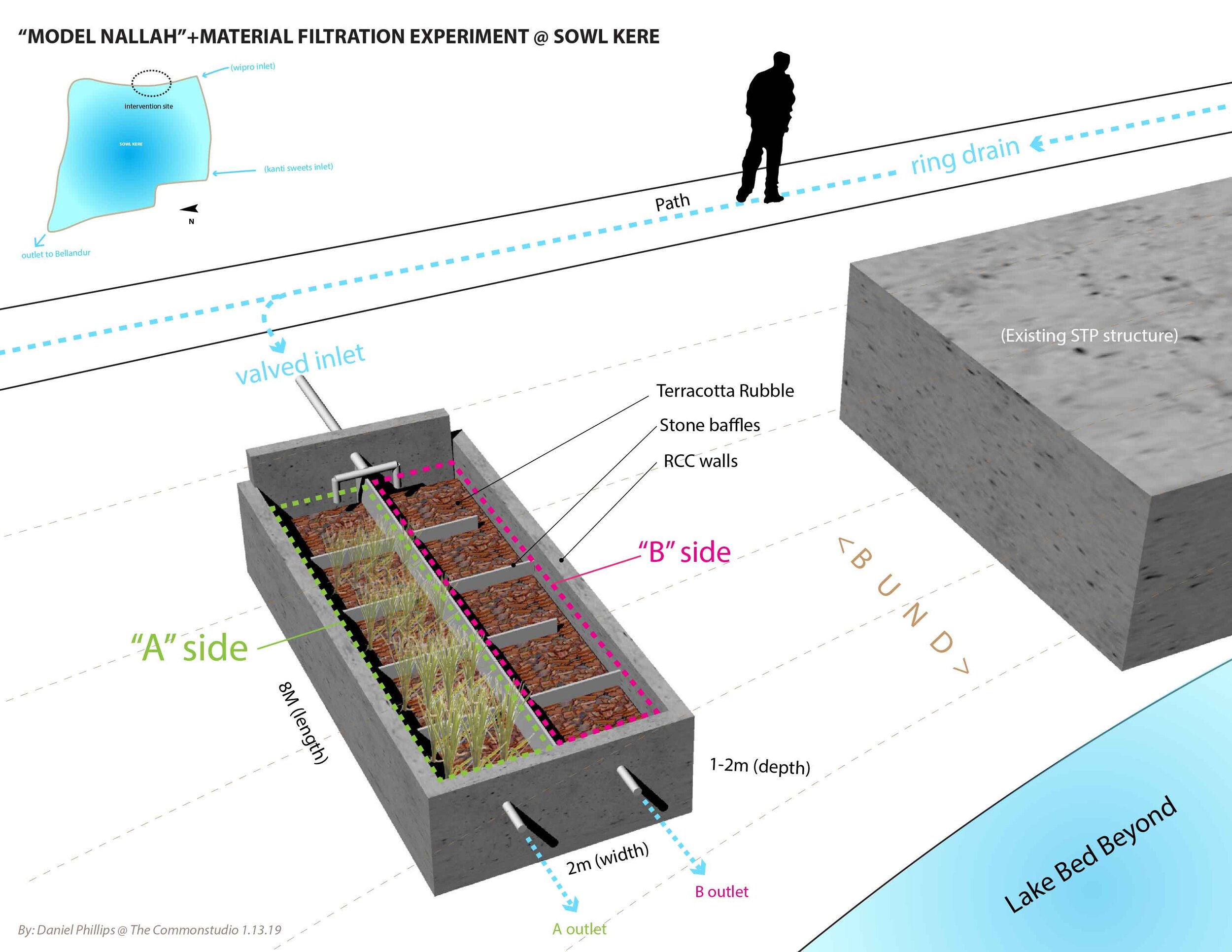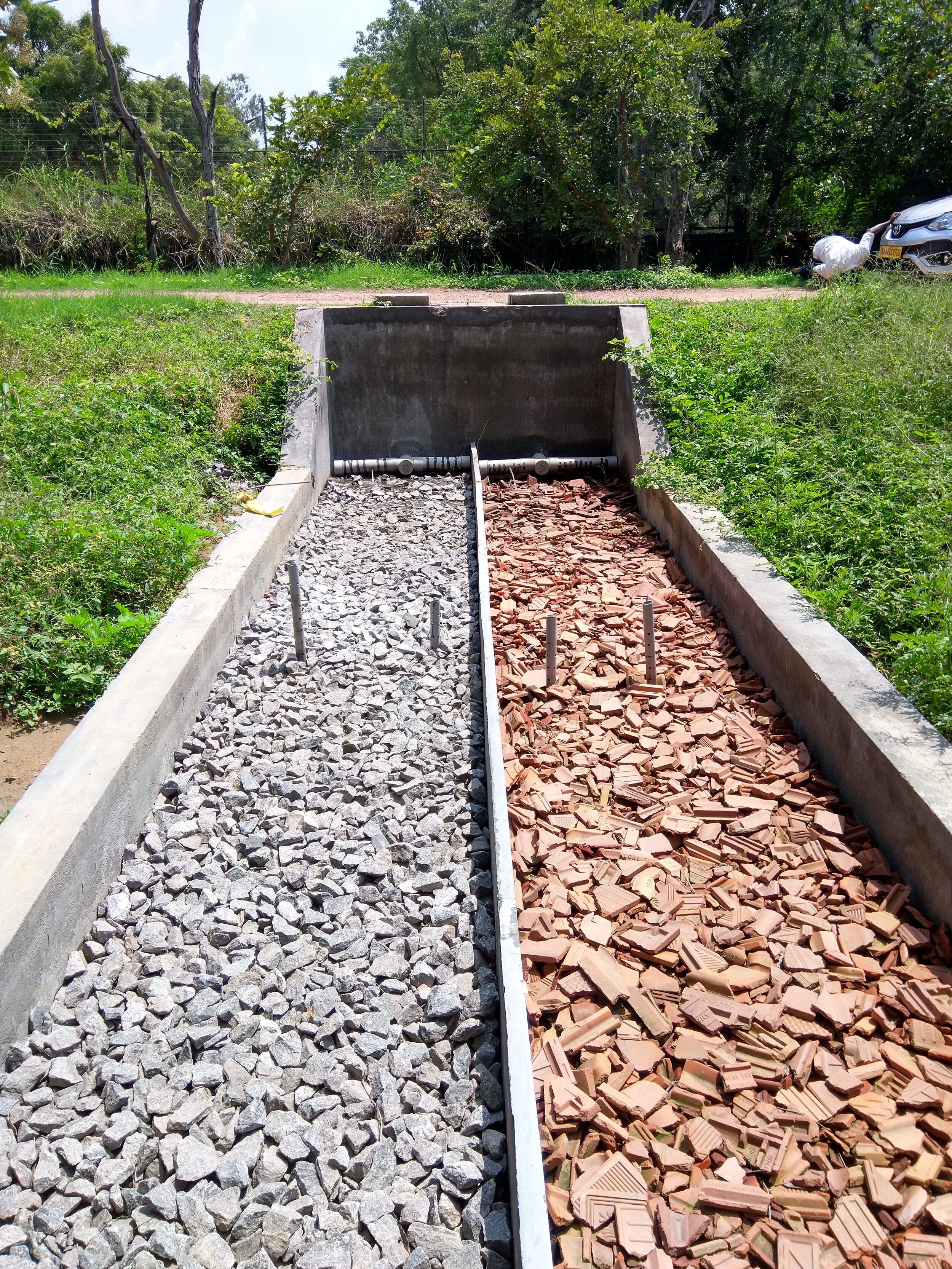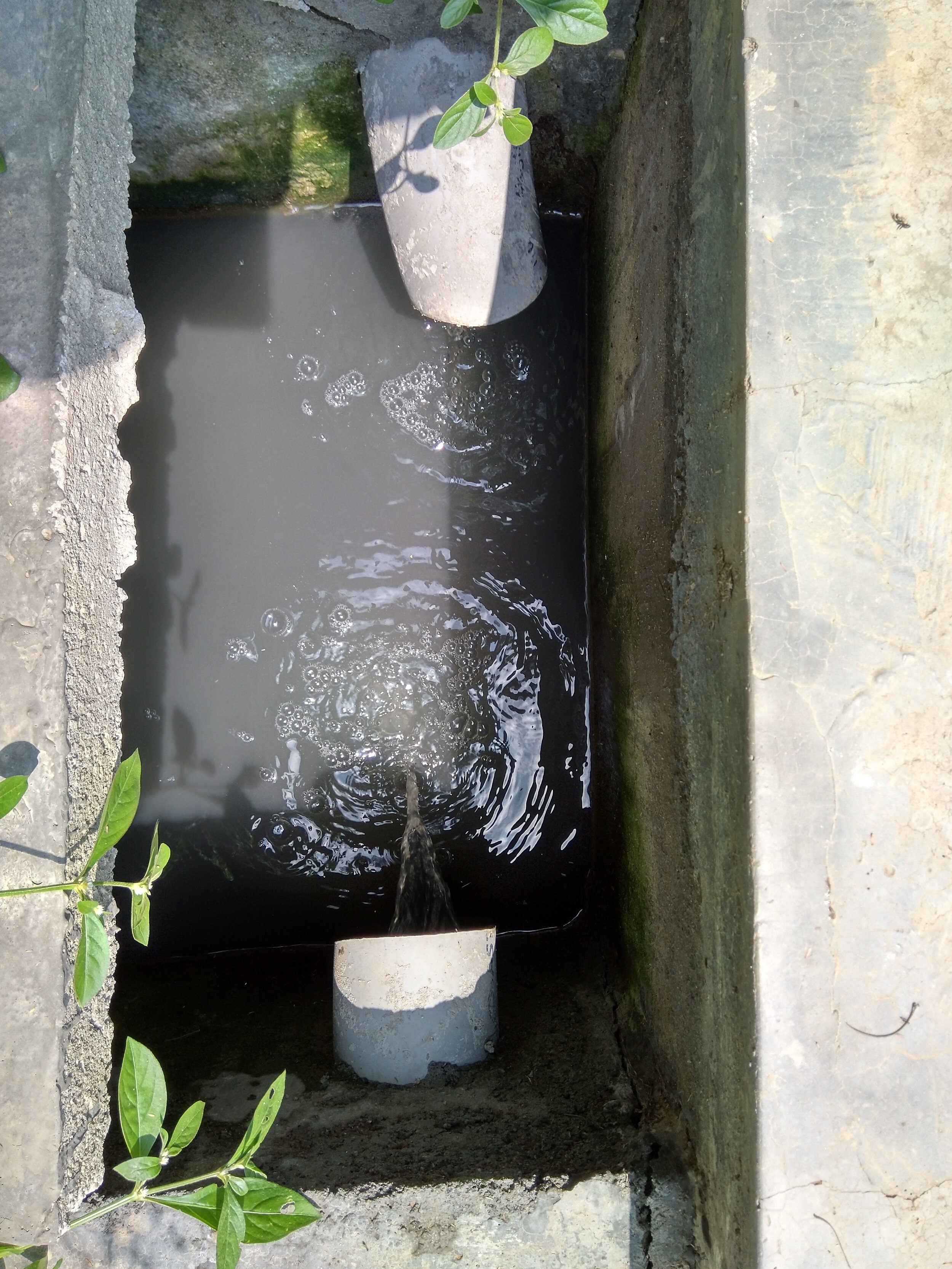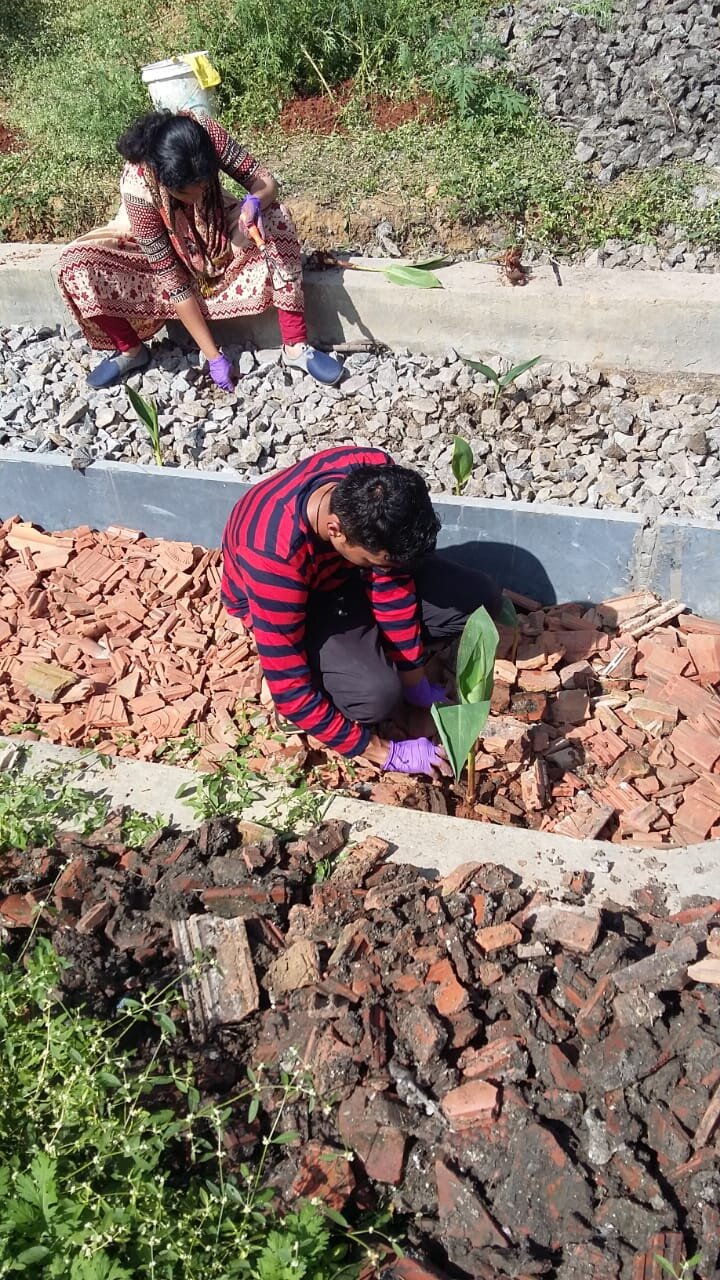Strategic In-stream Systems (STRAINS) is COMMONSTUDIO’s ongoing trans-disciplinary initiative exploring provisional Green Infrastructure (PGI) interventions within highly contaminated megacity wastewater streams. It is currently being developed in partnership with ATREE, and Biome Trust, two organizations in Bangalore, India with deep ties to local communities and innovative environmental research.
STRAINS proposes the intentional introduction of modular in-stream structures and materials which interrupt dry weather flows in open drains to promote various physical and biological processes that are beneficial to downstream water quality. These include mechanisms that passively promote sediment capture, nutrient processing, and phytoremediation. The primary organic matter removal mechanisms being advanced by horizontal flow interventions such as PGI includes adsorption, sedimentation and microbial metabolism.
STRAINS: A schematic of it's proposed 3 stage design
Many studies suggest that the material characteristics of selected biofiltration media can greatly impact the efficiency of these processes. Other studies suggest that filter media with high porosity provides additional capacity as well as space and a favorable environment for microbial growth for better organic matter removal. The limitations of many previous studies is that they are often conducted using synthetic wastewater in controlled conditions over short time periods. Additionally, existing research often tests and promotes a range of manufactured materials that may be cost-prohibitive in the context of the developing world. The purpose of ongoing material performance testing is therefore to assess the viability of incorporating unconventional, low-cost, locally available aggregate materials that exhibit desirable properties, while being easily sourced by non-expert stakeholders from local construction or demolition projects.
Our semi-controlled lab-based experimental setup.
This site-based research will build on a recently published small scale lab-based study (with Dr. Priyanka Jamwal of ATREE) that assessed the performance of local aggregate materials (such as gravel, terracotta, cinder) in the biological treatment of synthetic wastewater (Jamwal, Phillips & Karlsrud, 2019). This study demonstrated that terracotta is capable of producing stable biofilms even at relatively high Hydraulic Loading Rates (HLR).
The next iteration of this experimental setup, sited near the inlet of a small urban lake in Bangalore’s southeast periphery, began in the summer of 2019 and will examine these filtration processes at a larger scale, a longer timeframe, and using actual wastewater flows from the city. To achieve this, our team conceived and constructed a “model nallah”, the dimensions of which represents a typical channelized open-drain condition observed in many Indian Megacities.
The site of this semi-controlled experiment was chosen to represent a typical megacity context surrounded by dense residential and commercial land uses. As the setup is sited near an existing overflow inlet of Sowl Lake, the levels of contamination flowing into this system are typical of those which would otherwise be flowing directly into the lake. It therefore offers the ability to assess the performance and treatment capacity of small scale interventions under these typical conditions. Dividing this experimental setup into two isolated cells (side “A” and side “B”) allows a semi-controlled environment in which to assess the pair-wise performance of various materials and treatments.
The current configuration compares the performance of terracotta rubble to granite gravel aggregate, and recently our team introduced dozens of Canna Lilies (Canna indica) into the system to assess planted vs. non-planted performance characteristics. It will also anticipate the possibility for multi-functional benefits of STRAINS interventions, capable of providing a range of visual interest and ecosystem services when introduced into open drains throughout the city.

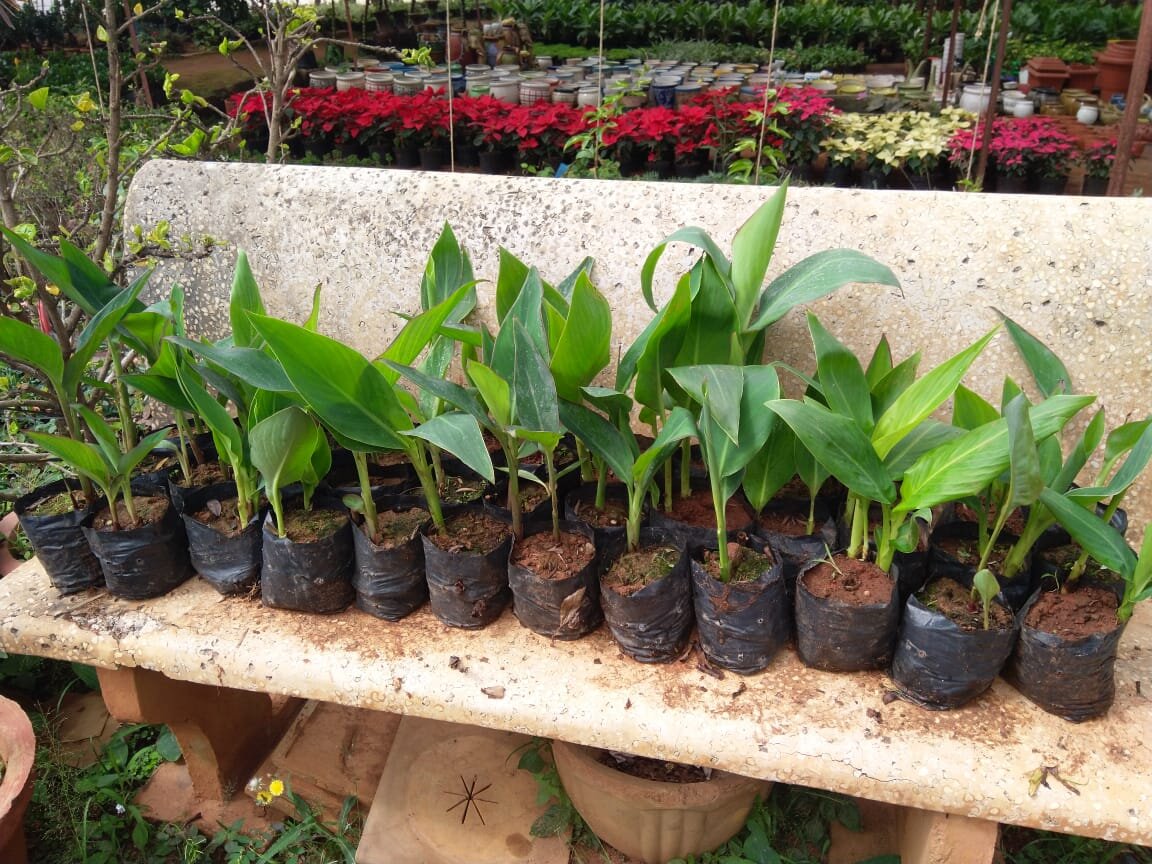
A bi-monthly field campaign is currently being conducted to collect water samples from the inlet, mid point, and outlets of both sides of this system. Some parameters are tested in-situ, while others are taken back to ATREE’s Water and Soil lab for further analysis. This ongoing research is partially funded by microgrants from the Harnisch Foundation’s Pollinator Program, Awesome Without Borders, and the Bangalore Sustainability Forum (BSF). Read our recent interview for BSF by clicking HERE.
We would like to thank our dedicated intern Ramya B. (pictured below) for her ongoing efforts in the field! More updates will be posted on this work as it progresses into this new year.




